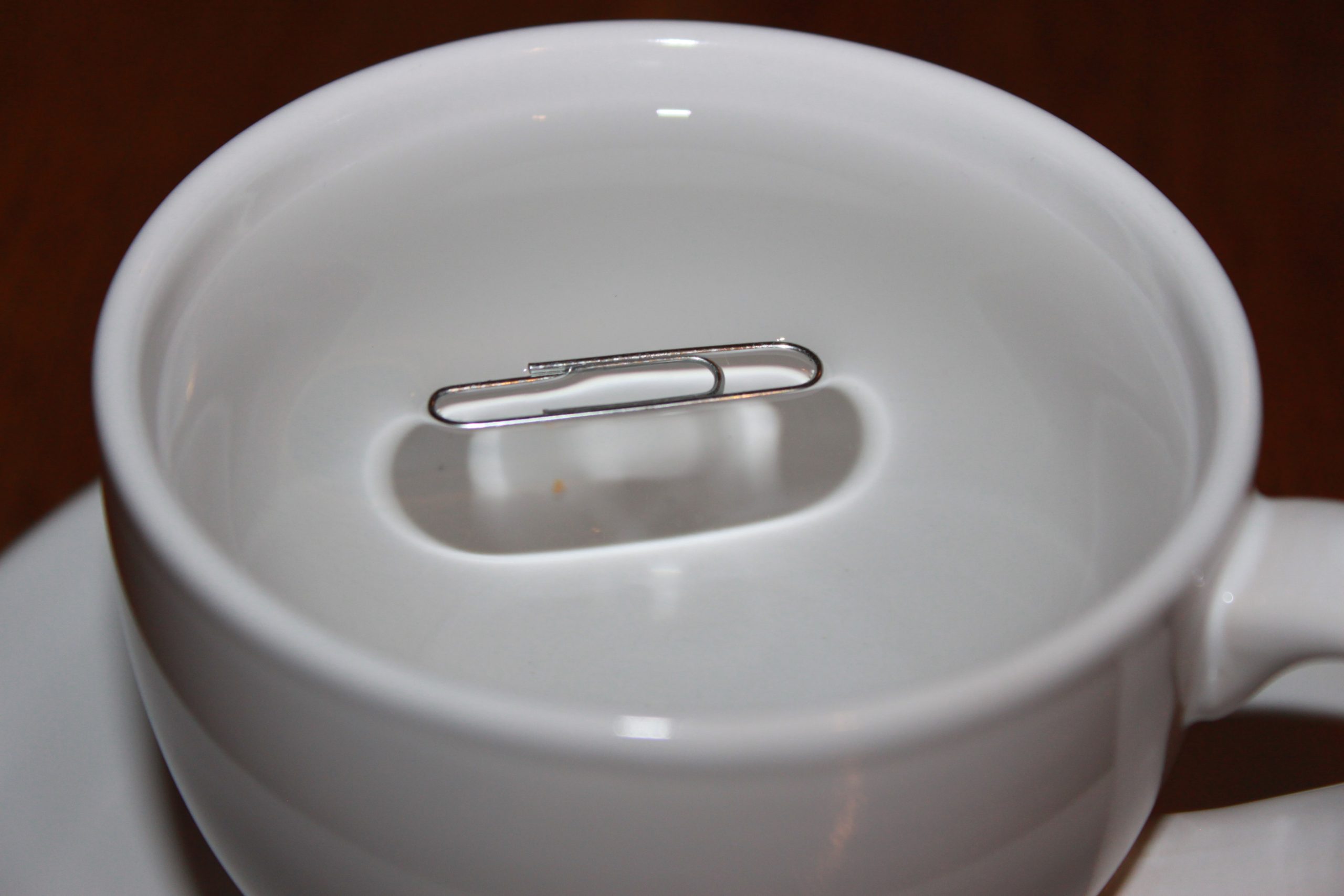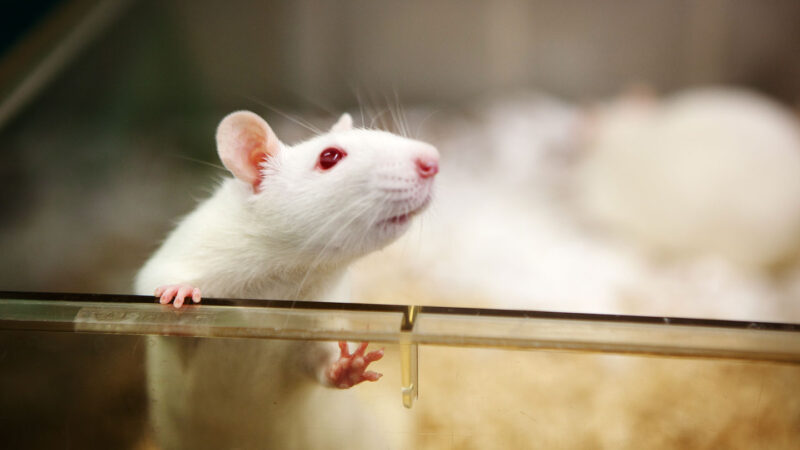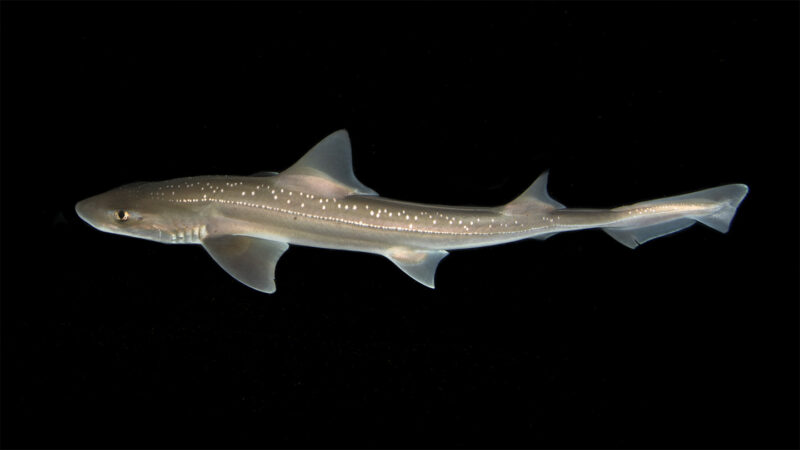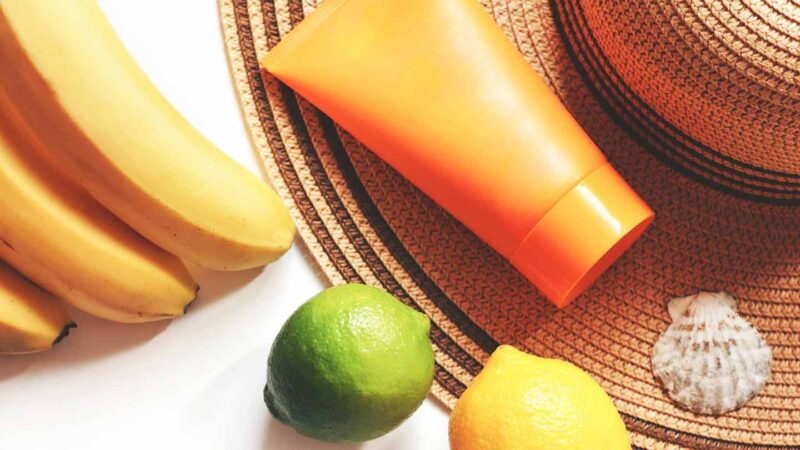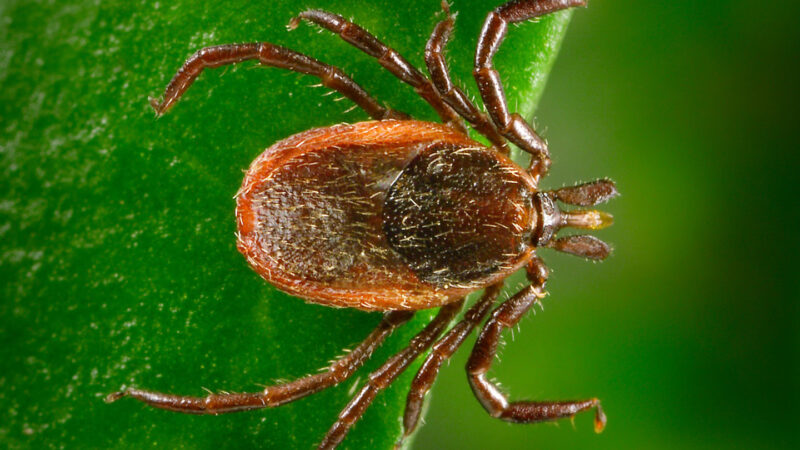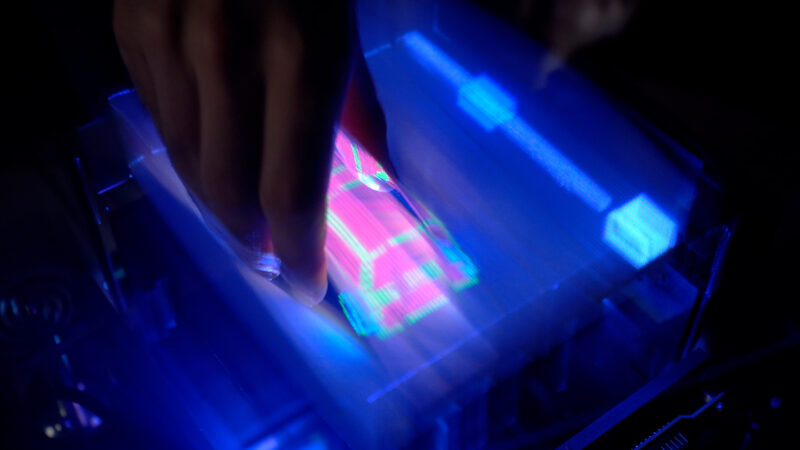Here is a great little science activity that you can use to fool your friends and family. All you need is a glass of water, a paperclip, and a slip of paper. With these simple materials and a little science know-how, you can make the impossible…possible. Today, you will learn the secrets and science behind The Paperclip Float Challenge!
Here’s What You Need
- Small metal paperclip
- Cup or bowl of water
- A paper napkin
- Friend(s) you want to amaze
Here’s What You Do
Fill your cup or bowl with water. Challenge your friends to float the paperclip on the water. Try not to laugh as they try again and again and again to get the metal paperclip to float. After a few tries, they will most likely decide that it is impossible to float the paperclip on the water. Here is your chance to amaze them with science.
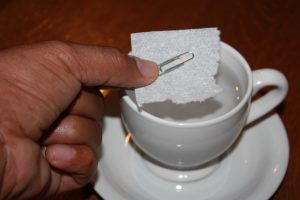
The secret to the floating paperclip is a tiny piece of napkin
Grab the paper napkin and tear off a square slightly larger than the paperclip. Place the paperclip on the square of paper and very gently rest the paper on the surface of the water. The paper will absorb water and soon sink to the bottom of the cup, but the paperclip will remain on top of the water! At this point, you may turn to your friend (whose mouth is hanging open in amazement), wink, and whisper, “it’s all about the science.”

It’s all about the science
The Science Behind the Paperclip Float Challenge
Why didn’t the paperclip sink when you placed it on top of the water? Well, it the answer has to do with cohesion. Cohesion describes the tendency of individual water molecules to stick to each other. It’s as if the water molecules are holding hands with one another. Cohesion is also the reason that water droplets are shaped as spheres or teardrops. Because of cohesion, the molecules on the surface of the water stick together and act like skin. This is called surface tension. The surface tension of water is pretty strong. In fact, because of surface tension, insects called water striders can actually walk on the top of water.
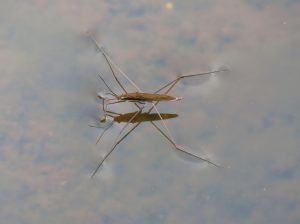
A water strider walking on water thanks to surface tension
Cohesive forces are pretty strong, but they aren’t unbreakable. Most of the time, the dense paperclip would simply break the surface tension of the water and sink to the bottom of the cup. In this demonstration, we use the paper napkin to slowly and gently lower the paperclip onto the surface of the water. A scientist would argue that the paperclip is not floating on the water. It is actually sitting on top of the water.
If you are doing this with your children, you may want to experiment with some other questions:
- How many paperclips can you float at once?
- Does the size of the paperclip matter?
- Does this work with other liquids also (e.g. milk, distilled water)?
- Can you change the strength of the surface tension of the water by adding things to it (e.g. salt, soap)?
As usual, let us know what you discover!

